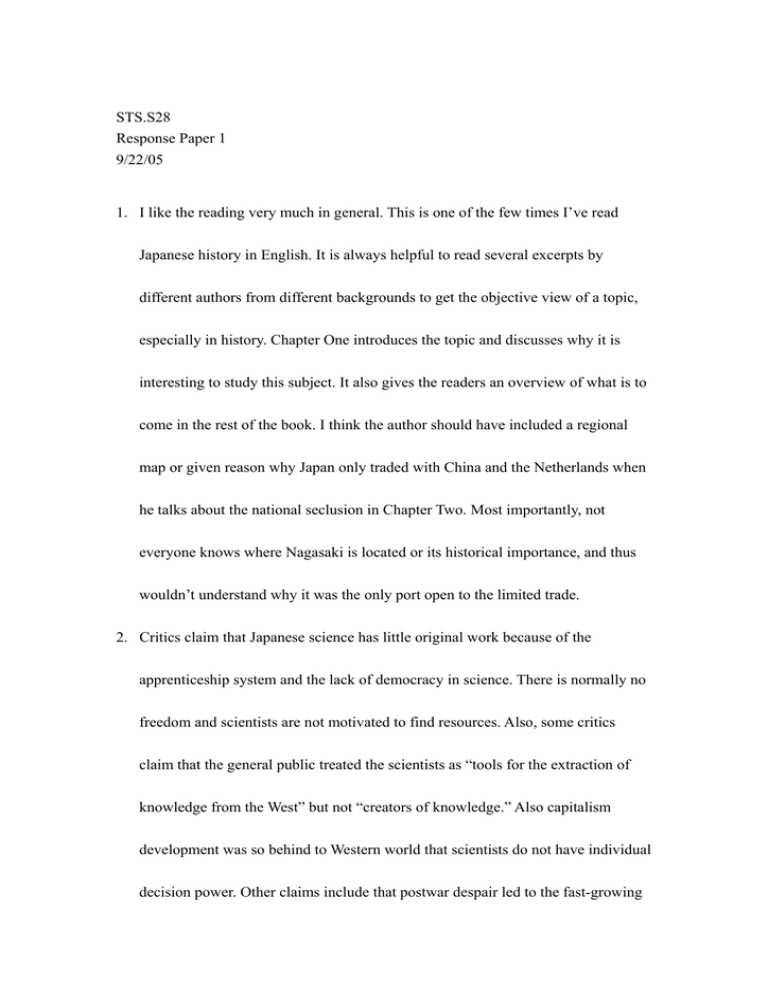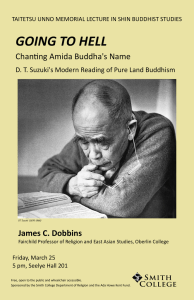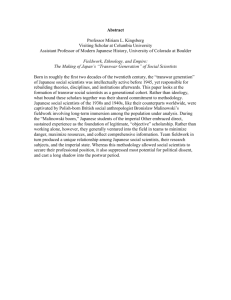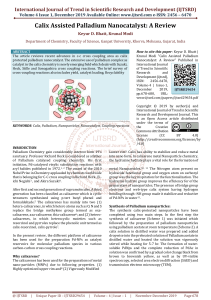STS.S28 Response Paper 1 9/22/05
advertisement

STS.S28 Response Paper 1 9/22/05 1. I like the reading very much in general. This is one of the few times I’ve read Japanese history in English. It is always helpful to read several excerpts by different authors from different backgrounds to get the objective view of a topic, especially in history. Chapter One introduces the topic and discusses why it is interesting to study this subject. It also gives the readers an overview of what is to come in the rest of the book. I think the author should have included a regional map or given reason why Japan only traded with China and the Netherlands when he talks about the national seclusion in Chapter Two. Most importantly, not everyone knows where Nagasaki is located or its historical importance, and thus wouldn’t understand why it was the only port open to the limited trade. 2. Critics claim that Japanese science has little original work because of the apprenticeship system and the lack of democracy in science. There is normally no freedom and scientists are not motivated to find resources. Also, some critics claim that the general public treated the scientists as “tools for the extraction of knowledge from the West” but not “creators of knowledge.” Also capitalism development was so behind to Western world that scientists do not have individual decision power. Other claims include that postwar despair led to the fast-growing technology improvement built on the existed work. Although the author does not express his agreement or disagreement on these claims, he explains several reasons why those claims might be true and includes other factors that might resulted the claims. He also raises the question of how to define science because different definitions may lead to different interpretation of the phenomenon. I personally agree with the apprenticeship claim. This system still exists, especially in the universities. One example I can think of is the “Suzuki Coupling”. It is a new method to couple two heterocycles together in a convenient way (using palladium as catalyst). Suzuki is the senior professor, however, this research was actually done by his junior faculty, Miyaura. Because of the apprenticeship, the chemistry world only calls this method as Suzuki Coupling and forgets the main contributor. During the same period (1970s), at least 3 other similar coupling methods were published by Japanese researchers: Negishi, Kumada, and Fukuyama. Their works may be considered as “original research”, but they were all based on the same idea of using palladium as catalysts.



